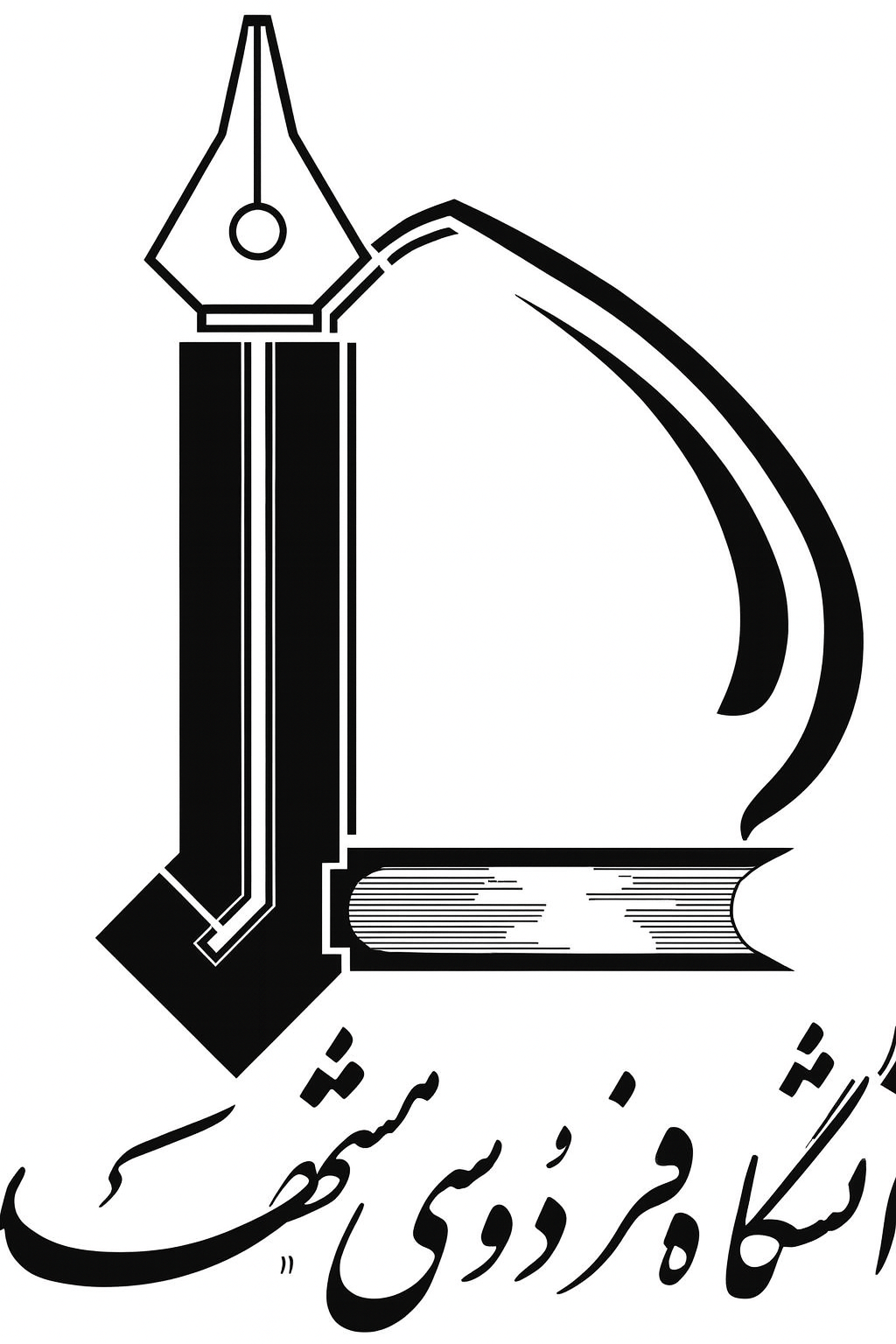Title : ( Irrigation levels and dense planting affect flower yield andphosphorus concentration of saffron corms under semi-arid region ofMashhad, Northeast Iran )
Authors: Alireza Koocheki , , mehdi jamshid einy ,Access to full-text not allowed by authors
Abstract
tIn arid and semi-arid regions of Iran, drought and water management are considered as important chal-lenges in developing sustainable agriculture. The effects of irrigation levels and dense corm planting onflower yield, daughter corms behavior and phosphorus uptake of saffron (Crocus sativus L.) were studiedas two-year field experiment based on a randomized complete blocks design arranged in split-plot withthree replications at Faculty of Agriculture, Ferdowsi University of Mashhad, Iran, during 2012–2013 and2013–2014 growing seasons. The irrigation levels including 50, 75 and 100% of saffron water require-ment (SWR) and dense corm planting (50, 100, 200 and 300 corm m−2) were allocated to the main andsub-plots, respectively. The lowest yield, minimum number of daughter corms and phosphorus contentof saffron were observed by planting 50 corms m−2and supplying 50% of SWR. In the first year, flowercharacteristics were not affected by irrigating at 50% of SWR. However, in the second year, flower num-ber, fresh flower and dry stigma yields significantly decreased by irrigating at 50% of SWR compared with75 or 100% of SWR. In the second year, phosphorous concentration (g kg−1) and content (g m2) in small(0.1–4 g), medium (4.1–8 g) and large (over 8 g) daughter corms were significantly more than the firstyear. In general, small daughter corms contained less phosphorous compared with large (over 8 g) corms.
Keywords
Daughter corm Dry stigma yield Irrigation Phosphorus content Water stress@article{paperid:1044219,
author = {Koocheki, Alireza and , and Jamshid Einy, Mehdi},
title = {Irrigation levels and dense planting affect flower yield andphosphorus concentration of saffron corms under semi-arid region ofMashhad, Northeast Iran},
journal = {Scientia Horticulturae},
year = {2014},
volume = {180},
number = {1},
month = {January},
issn = {0304-4238},
pages = {147--155},
numpages = {8},
keywords = {Daughter corm Dry stigma yield Irrigation Phosphorus content Water stress},
}
%0 Journal Article
%T Irrigation levels and dense planting affect flower yield andphosphorus concentration of saffron corms under semi-arid region ofMashhad, Northeast Iran
%A Koocheki, Alireza
%A ,
%A Jamshid Einy, Mehdi
%J Scientia Horticulturae
%@ 0304-4238
%D 2014

 دانلود فایل برای اعضای دانشگاه
دانلود فایل برای اعضای دانشگاه
